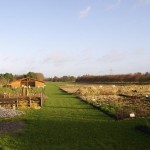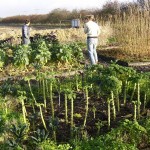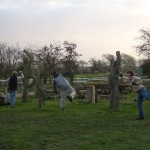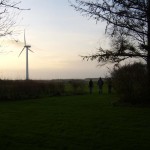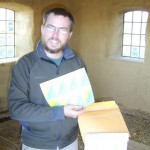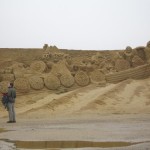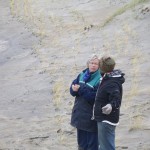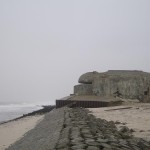The world could always use more seed swaps and here are a few tips for organizing your own Seed Swap. (Thanks to Kim in central Virginia for the e-mail prompting this blog post.)
The folks at Seedy Sunday Brighton have a whole page devoted to hosting a seed swap. Food not Lawns also has a bit about organizing one.
The first thing is to get some friends involved, because it can be a lot of work (organizing, set up, clean up, promotion, etc.). If you don’t know anyone that will help you, post some fliers at garden stores or your local natural foods store, or maybe even the community garden bulletin board if your community is lucky enough to have one.
We have seen a few ways seed swaps can be organized. You have to decide which is best for your group.
Seedy Sunday Brighton has a central table, and when people come in, they give their seeds to the table, then volunteers organize them for redistribution. This way seems overly centralized and impersonal to me, but it works for them, and it may be necessary to do it this way at an event that draws upwards of 1,000 people. They also charge a small entrance fee to cover their expenses and require either a straight across swap of seed for seed or 50 pence for a seed pack, partly because “people don’t value that which is free.” At every other seed swap I have been to, everything is free.
A second way is to set up tables and have people stand near their stuff, so they can explain it to others that might have questions. This is what we do at the smaller fall seed swap.
A third way, which is also good, is to set up tables and have designated areas for different types of plants: flowers, herbs, tomatoes, etc. this is what we do at our large spring seed swap.
Most seed swaps descend into a sort of chaos even with the rough framework, so you could just have some tables and have people toss their seeds wherever they land. Then it’s a real treasure hunt!
Some other tips:
* If the group is 30 people or less, it is nice to stand in a circle and have people introduce themselves and what they’ve brought. This gives the swap more of a community vibe.
* If you know any seed geeks or old gardener types, be sure and personally invite them to help ensure there are some good seeds there.
